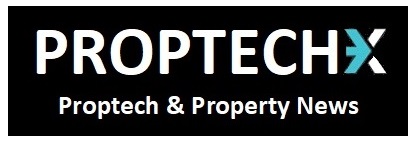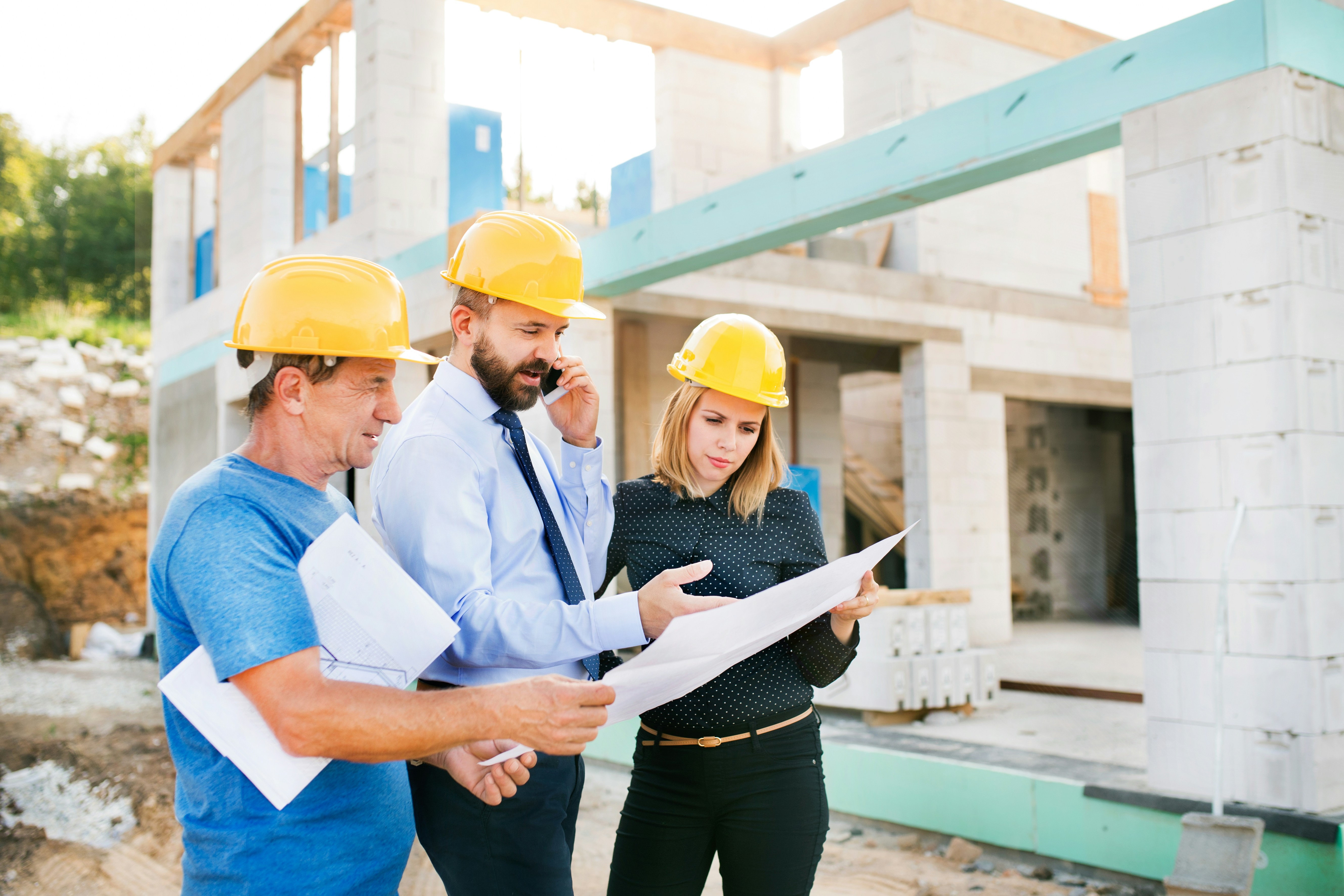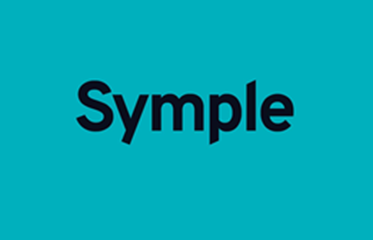Maximising built environment stakeholder engagement via multichannel media
David Hartley, PR and Marketing Manager for Conscious Communications has some excellent advice for developers and asset owners operating in the built environment sector, who need to get their message across,
‘Stakeholder engagement is more than just a procedural requirement set out by planning officers, but a core piece of project delivery that can influence the long-term success and value creation of a development.
To effectively engage with the critical local communities, developers must be aware of the diverse range of stakeholders on their doorstep – from local residents and businesses to local authorities and community groups – who each possess different needs, concerns, and level of influence. Ensuring that you employ the right activity, on the right channels, at the right times to reach and involve the varied audiences can go a long way in building trust and fostering meaningful connections, cementing the development’s status and importance within the community.’
‘The four priorities to consider are:
Mapping the landscape
Knowing your audience and who you are speaking to is the most important, but often overlooked, element of stakeholder engagement. Understanding and learning the audience is critical before deciding on the right channel mix and content strategy.
Developers must first map out these stakeholders, segmenting them by demographic, interest, and influence to allow for tailored messaging and channel selection for each audience. Crafting messaging to reflect the values of different stakeholder groups can ensure communications resonate more effectively.’ (Picture David Hartley – Conscious Communications)

Building trust and credibility
‘Traditional media remains a powerful tool for reaching and engaging older audiences and those who may not be as active online. Local newspapers, community magazines, radio stations, and even direct letter drops can help developers connect with long-standing residents, councillors and community groups who value established and trusted sources of information. For example, press releases to local newspapers that highlight the social value benefits of a project can shape positive public opinion.
Local media also lends itself well to narrative driven content, helping to build trust by connecting the development with local stories, community heritage, or local tradition, humanising the project and building goodwill.’
Embrace two-way dialogue
‘Digital channels are an indispensable tool for reaching younger demographics and fostering two-way dialogue with the community. Social media platforms are particularly effective for reaching a broad audience of stakeholders quickly, sharing real-time updates, and encouraging community feedback.
Whether hosting live Q&A sessions with the project team or sharing behind-the-scenes progress, they help to keep the community informed and involved throughout the project lifecycle. It may also be worth checking for local resident or community groups on social media, which are great for hyper-local engagement.
Utilising these spaces to participate and connect with the community are crucial, and it is even more effective when putting people and faces from the project team at the front and centre of those communications. This helps to build trust by creating a more authentic, personalised and transparent engagement experience for stakeholders.’
Keep it local
‘Developers and businesses must embed themselves in the local culture to maximise the authenticity of communications. Content is king, always, so it is worth the time and investment to craft content that speaks directly to local contexts and issues. For instance, in a city like Cambridge, where economic prosperity is coupled with significant inequality, content should reflect these realities. Highlighting how a development project will provide affordable housing, create local jobs, or enhance public spaces can demonstrate a commitment to addressing local needs and fostering social value.
Partnering with local community groups or businesses in joint communications material, such as a sponsored event or a charity fundraiser, can add legitimacy to the narrative and create a sense of community ownership. This approach turns stakeholders into partners, enhancing the perceived value of the project to the wider audience.
In the built environment sector, where projects can have profound and lasting impacts on local communities, developers must strategically use the right media and marketing channels to reach and engage all stakeholders effectively. Successful stakeholder engagement strategies don’t rely on a single channel but an integrated, multi-channel approach to ensure the greatest reach and engagement possible.
By understanding the unique needs of different audiences, leveraging both traditional and digital channels, and creating locally relevant content, developers can build stronger relationships, foster trust, and deliver meaningful social value. In doing so, they not only enhance project success but also contribute to a more connected and cohesive community’.
Andrew Stanton Founder & Editor of 'PROPTECH-X' where his insights, connections, analysis and commentary on proptech and real estate are based on writing 1.3M words annually. Plus meeting 1,000 Proptech founders, critiquing 400 decks and having had 130 clients as CEO of 'PROPTECH-PR', a consultancy for Proptech founders seeking growth and exit strategies. He also acts as an advisory for major global real estate companies on sales, acquisitions, market positioning & operations. With 200K followers & readers, he is the 'Proptech Realestate Influencer.'












